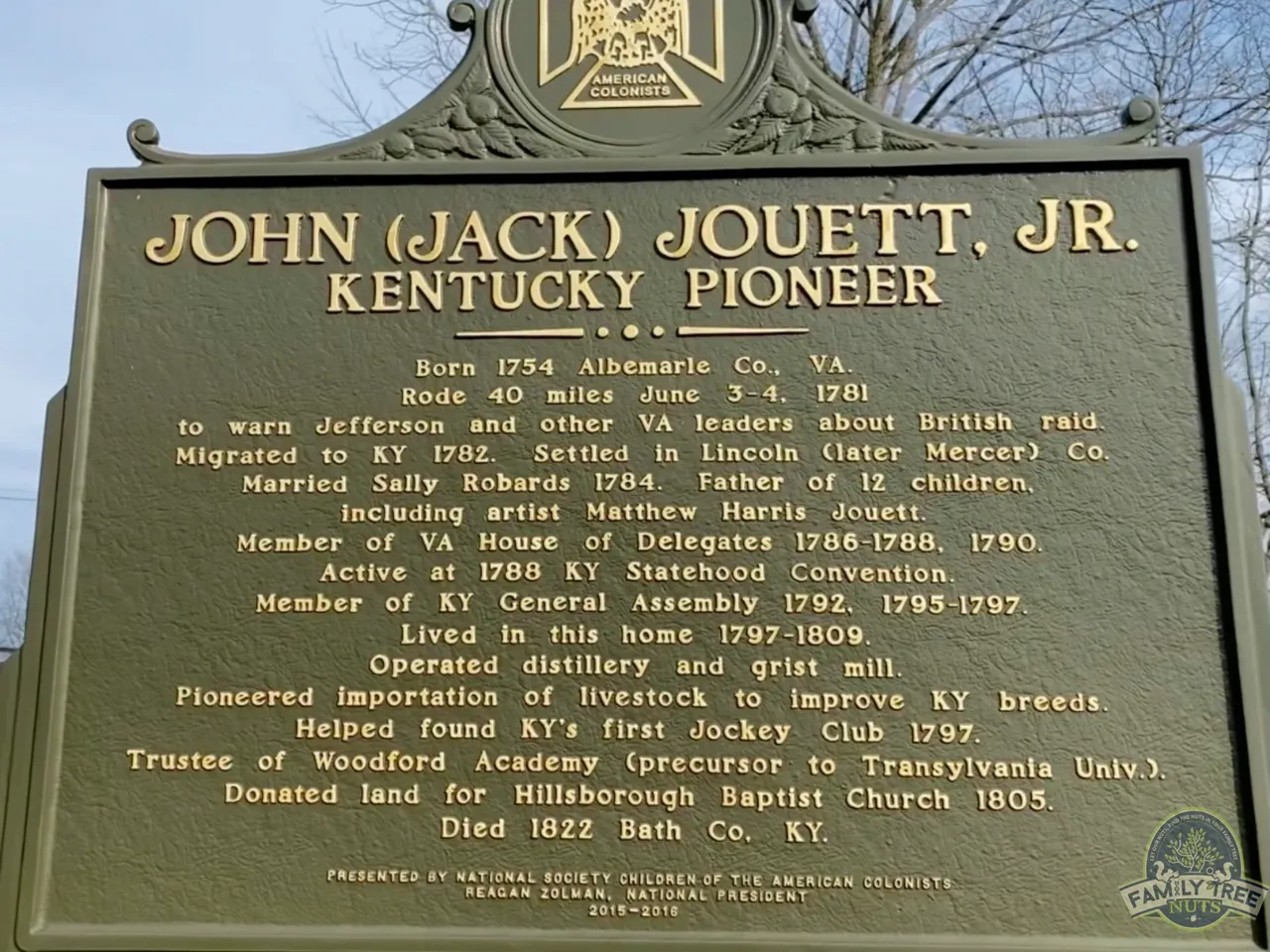
40-MILE RIDE TO SAVE AMERICA! PAUL REVERE OF THE SOUTH!
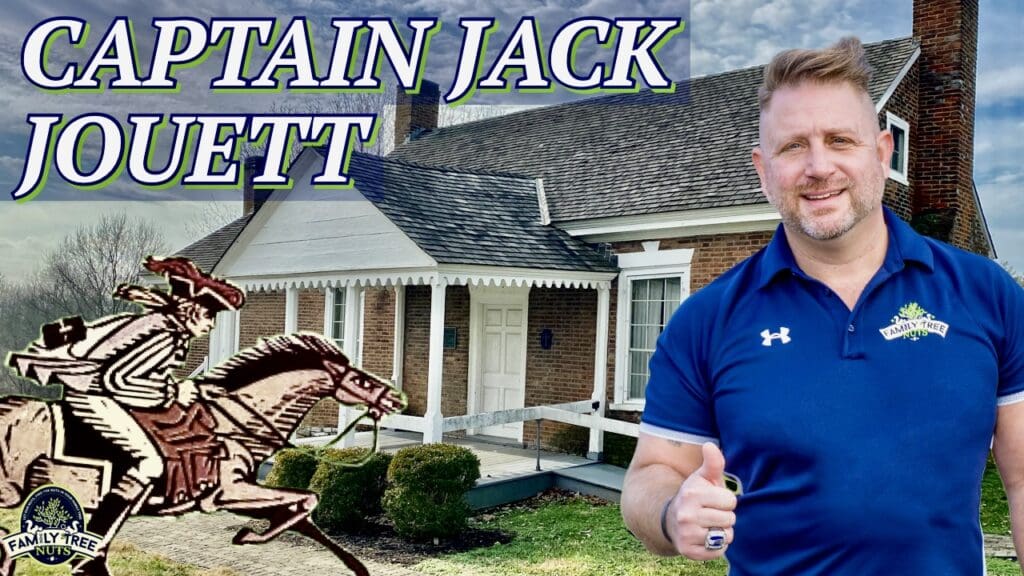
This is the story of Captain John Jacques Jouett, Jr. His ride to save America was an amazing and an exciting feat. Captain Jack Jouett was born 7 December 1754, in Albemarle County, Virginia, and he wasn’t of normal ancestry. His father owned a tavern called “The Swan” that was quite a popular hangout spot during the American Revolution. Jack’s grandfather Jean Jouett, was a French Huguenot who moved to Virginia in the early 1700s. The family is descended from Norman aristocratic roots and a prominent ancestor named Matthew de Jewett, Master of the Horse to King Louis XIII. His noble position was to take care of the king’s horses.
Jack’s mother was Mourning Harris, who was descended from Sir William Harris, a signer of the 3rd Virginia Charter and was knighted in 1611. She was also descended from William Claiborne, the first Secretary of the Virginia Colony. As you can see, Jack had exceptional roots.
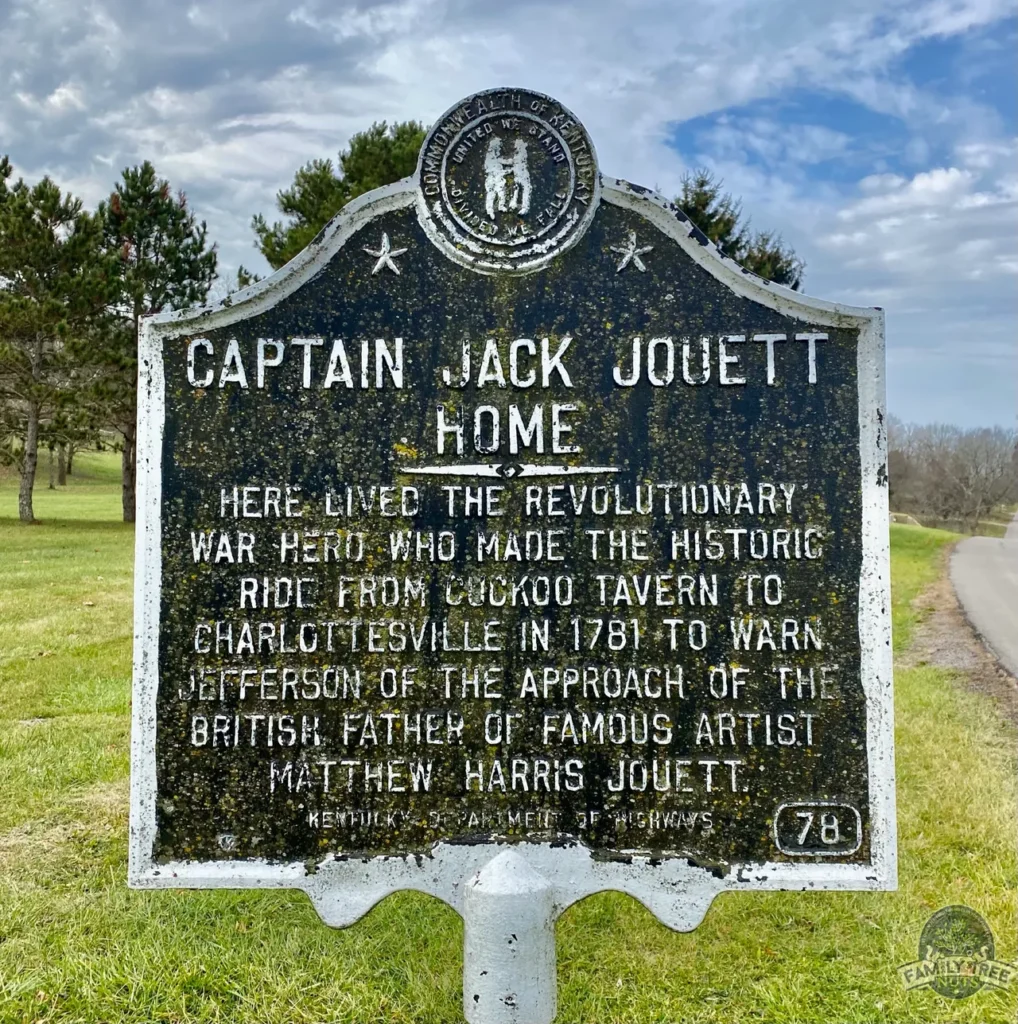
Jack was a very large man especially for the time, being 6’4”, and 220 pounds. He was a Captain in the 16th Regiment of Virginia Militia and his father supplied meat to the militia. Sadly, one of his brothers was killed at the Battle of Brandywine. The family was very involved in the cause for American Independence.
In the summer of 1781, Benedict Arnold, who we all know as “The Traitor”, attacked Richmond, Virginia. The government fled to Charlottesville, which was the home of Virginia Governor and later President, Thomas Jefferson. General Lord Cornwallis found out that the government leaders were in Charlottesville and sent Colonel Banastre Tarleton to ride hard and capture them. You may remember Banastre Tarleton as that evil character that everybody hates from the popular movie, “The Patriot”.
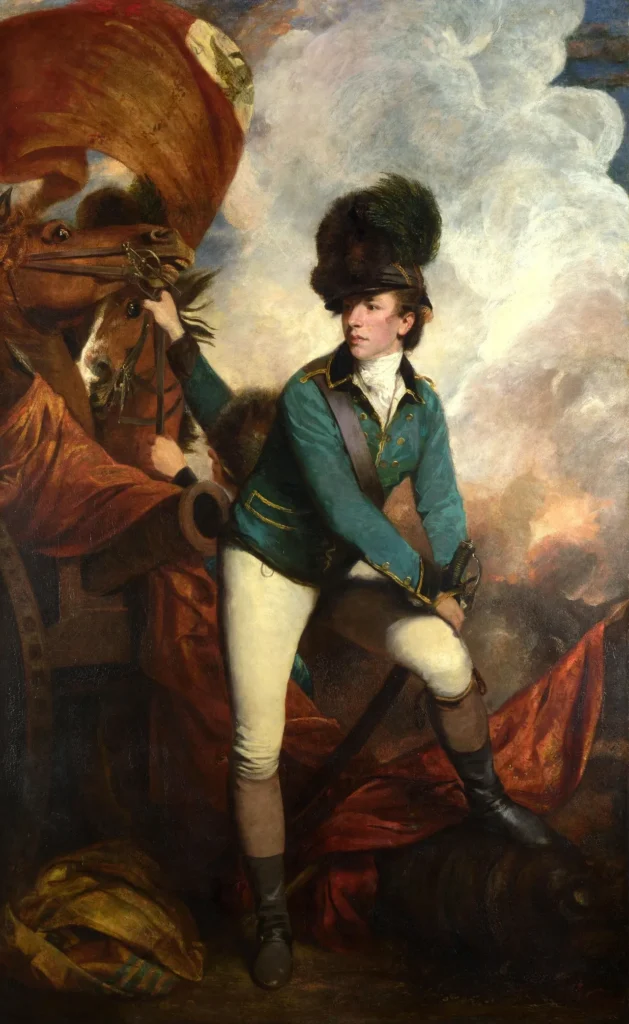
Some of the men that were in danger were Thomas Jefferson, Patrick Henry, Richard Henry Lee, Thomas Nelson Jr., and Benjamin Harrison. Those men were quite influential men of the time, and it would have been detrimental to the American cause if they were captured. Tarleton’s plan was to ride the last leg of his journey, hard and fast to completely catch the leaders by surprise. It is said that at about 10pm, Jack Jouett was asleep on the lawn of the Cuckoo Tavern, in Louisa County, Virginia, and was awakened by horsemen wearing white coats that were part of Tarleton’s cavalry.
Jack knew that the British must be headed to capture the government, and he also knew that they did not have any defenses. Jack lept up and made the 40-mile ride to Charlottesville. The British were on the main highway, so Jack had to take the rough back trails by light of the moon and he also had to go fast enough to outrun the British. Imagine that ride, dodging those trees and debris!
At about 11:30pm, Colonel Tarleton stopped his men for a few hours to rest, and then they took back off again about 2am. At Boswell’s Tavern, Tarleton came across 13 supply wagons that were on their way to the Continental troops in South Carolina. Since they were traveling light, they couldn’t keep the supplies and he ordered his men to set fire to them.
By daybreak, Tarleton and his men arrived at Castle Hill, the home of Dr. Thomas Walker, the famous explorer who 31 years earlier in 1750, had explored Kentucky and built the first house in Kentucky. They also went to Belvoir the home of Dr. Walker’s son, John Walker, who was a member of the Continental Congress, and they captured him. The story says that Dr. Walker prepared Tarleton an elaborate breakfast, including alcohol to hopefully delay him further. This gives you a snapshot of the time, alcohol at breakfast!
At about 4:30am Jouett arrived at Monticello home of Thomas Jefferson and woke them up to warn them. It is said that Thomas Jefferson was already awake and in his garden. Jefferson gave him a glass of fine Madeira (more morning booze), and then Jack rode two more miles to warn the town of Charlottesville. Jefferson sent his wife and daughters to his friend, John Coles’ plantation 14 miles away, and then he had breakfast with the legislators before making plans to leave. He took two hours to gather his papers together! He kept checking the path with his telescope and continued to prepare. Jefferson finally saw the British on his lawn and made a quick escape to the woods. One story says that he had to hide in a log.
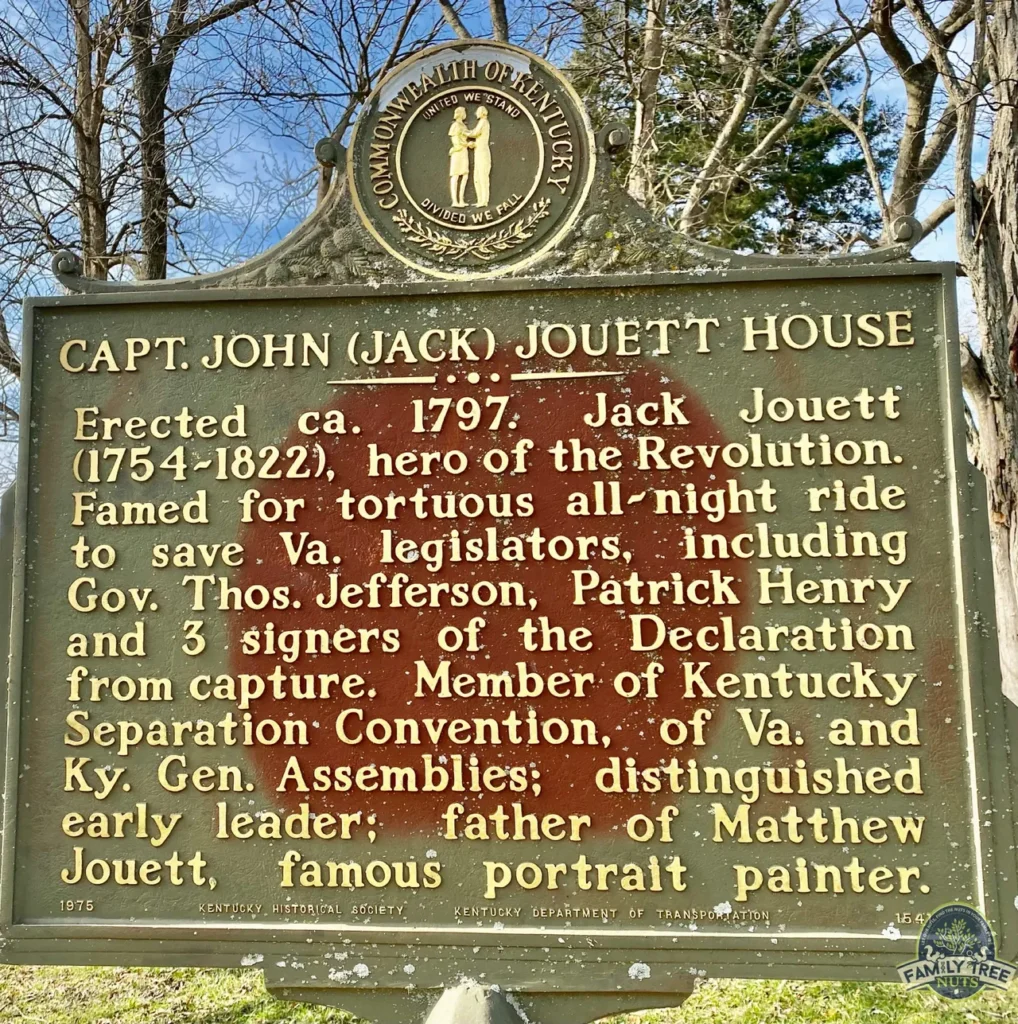
When Jack got the Charlottesville, he went into his father’s Swan Tavern, where most of the legislators were staying. The legislature decided to meet up in three days, 35 miles away and Staunton. Most of them got away but seven were captured, including the famous pioneer leader Daniel Boone. Daniel was part of the House of Delegates representing Boonsborough and happened to be back east at that time. Boone was held for five days, but then released because Tarleton’s men didn’t have the means to keep them.
Once the men started to flee Jack then helped General Edward Stevens escape. General Stevens had been injured at the Battle of Guilford Courthouse, and he was recovering at the tavern. General Stevens was too injured to ride and began to fall behind. Jack was dressed in ornate clothing, and the general was dressed in shabby clothes. The British thought that Jack was high ranking and ignored Stevens allowing him to get away. Jack out rode the British and escaped to freedom. Captain Jack Jouett had succeeded in his mission!
For his efforts, the Legislature voted to give Jack two pistols and a sword. He finally received the pistols two years later, but the sword was reordered in 1804 and there is no record that he ever received it. The next year, in 1782, Jouett moved to Kentucky, where many Revolutionary War veterans were gifted land. It is said that on his way to Kentucky, he heard a woman’s screams coming from a house. He rushed in and saw a woman being abused by her husband so he knocked the husband down. Then the wife hit him so hard over the head with a pot that the bottom gave out and wrapped around his neck. He fled from the house but had to go 35 miles to find a blacksmith that could remove the pot from his neck.
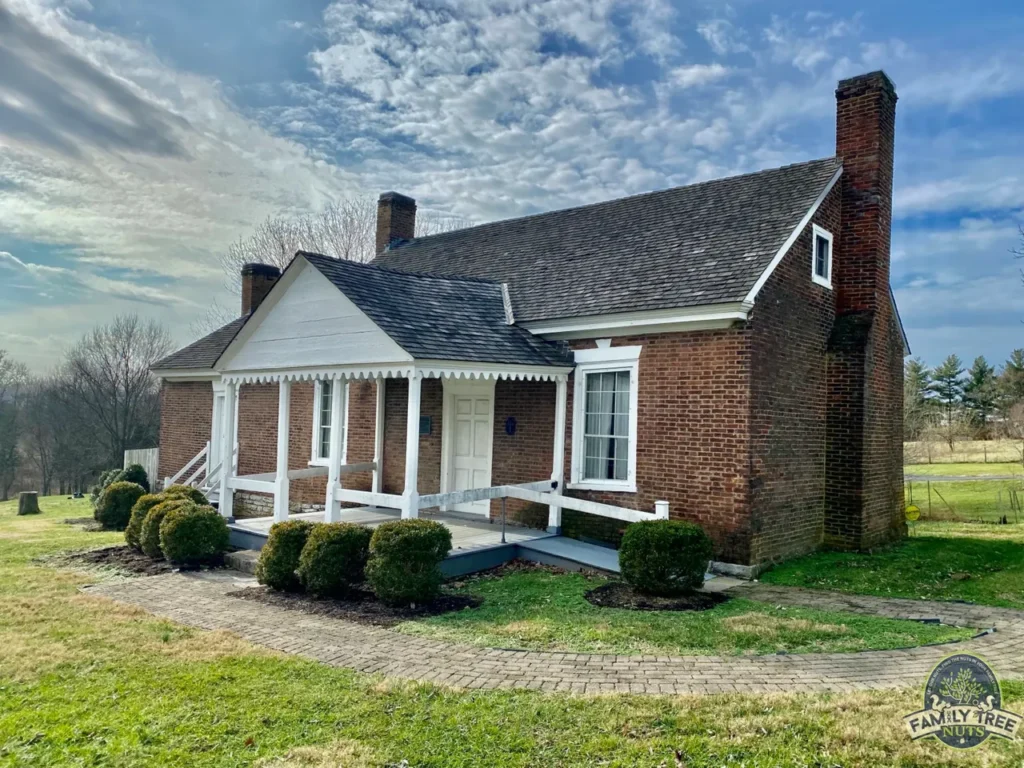
Along with Benjamin Logan, Jack was elected as a delegate for Lincoln County and the Virginia House of Delegates and he served for two nonconsecutive terms. In 1788, he favored statehood for Kentucky, at the Separation Convention in Danville. After statehood, he served in the Kentucky House of Representatives. He was said to be friends with both political sides and both Andrew Jackson and Henry Clay. Jack was also a farmer that raised grain and livestock and he owned slaves.
In 1784, he married Sally Robards, and they were blessed with 12 children. The most notable child was Matthew Jouett. Jack said he only had enough money to educate one of his children, and Matthew was chosen. Matthew attended Transylvania University and became a lawyer. He enlisted in the Kentucky Volunteers for the War of 1812 and rose to the rank of Captain. He was one of the few River Raisin Massacre survivors. When Matthew returned to Lexington, he decided to paint portraits. Jack said he “sent Matthew to college to make a gentleman out of him, and he has turned into be nothing but a damn sign painter”. Matthew eventually became an extremely famous painter and painted portraits of Thomas Jefferson, George Rogers Clark, Henry Clay, and the Marquis de Lafayette.
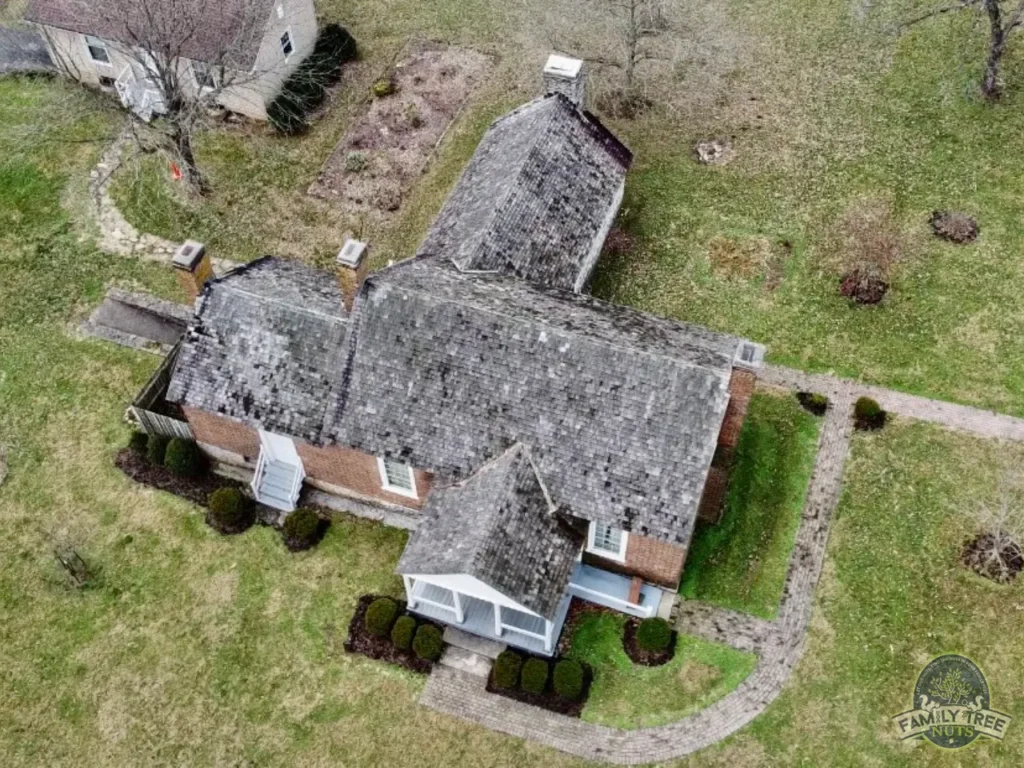
Matthew had a son named James Edward “Fighting Jim” Jouett, who became a Rear Admiral in the United States Navy. He was immortalized with the quote from Admiral Farragut, “Damn the torpedoes, four bells, Captain Drayton go ahead, Jouett, full speed”, which today is often remember in a shortened “Damn the torpedoes, full speed ahead!” Fighting Jim is buried in Arlington National Cemetery.
In 1797, Jack built his house in Woodford County, Kentucky. It has five rooms three downstairs and two bedrooms upstairs. It sits on Craig’s Creek, which after a short distance empties into the Kentucky River. The house is in the boonies today but when it was built, it was in the middle of everything and it was one of the areas that were first settled in Kentucky. The property was later sold to the Morris family and their family cemetery still stands. The cemetery even has a cousin of Daniel Boone buried there, Isaiah Boone, 1788-1851.
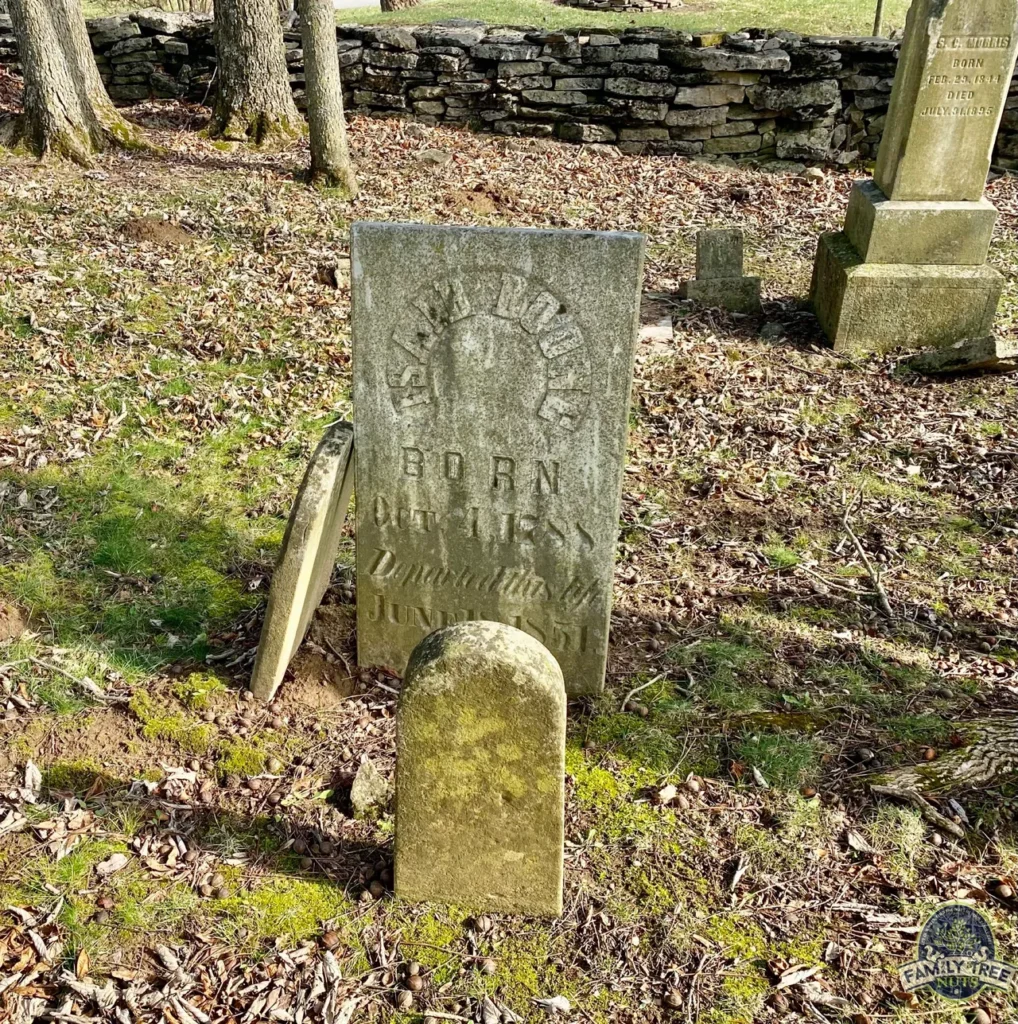
At some point Jack moved to Owingsville, in Bath County, Kentucky, and he lived with his daughter and her family. He did have a farm south of Owingsville that he called Woodford Farm, no doubt named for his Woodford County home that we can still visit today.
Jack died on 1 March 1822, at the Peeled Oak farm and is buried in an unmarked grave. The location of his grave was lost until fairly recently, but most believe he’s buried at Tanyard Graveyard, a known burial site for Revolutionary War veterans and also only about two miles from his farm. Tanyard Graveyard is in a very rural area and is a typical pioneer cemetery, in the middle of a field with a few headstones. The video attached to this story has shots from the cemetery.
Virginia had two schools named after Jack, until the fall of 2021, when Jack Jouett Middle School, in Charlottesville, Virginia changed their name to “Journey Middle School” because of the fact that Jack had owned slaves. A brewing company in Charlottesville named one of its ales, “40 Mile” in honor of Jack’s epic 40-mile ride to save the government.
Many historians say that Captain Jack’s ride was much more important than that of Paul Reveres, but that’s up to you to decide. It is an honor to tell the story of Captain Jack Jouett, whose daring ride could have saved America. What do you think? We’d love to hear your comments. Be sure to watch the video below about Jack that was filmed from his home!
-Col. Russ Carson, Jr., Founder, Family Tree Nuts
